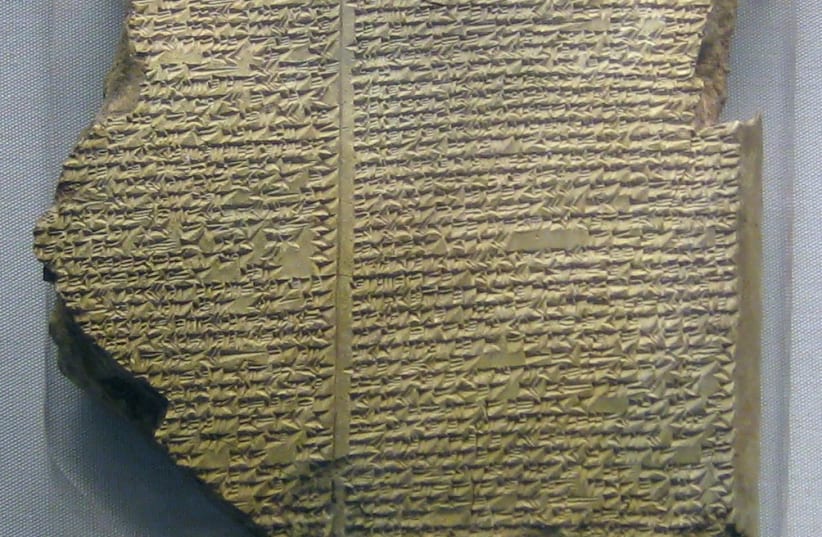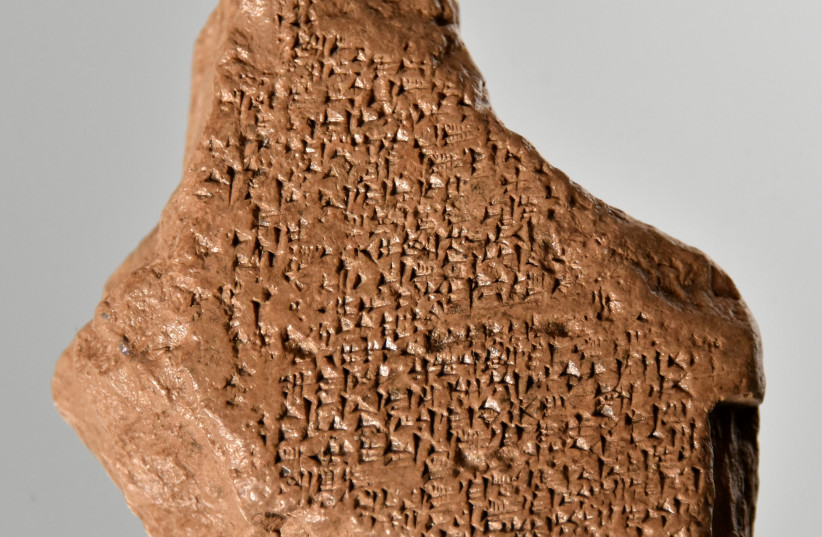A researcher at Ludwig Maximilian University in Munich, Germany, is using artificial intelligence to fill in gaps in ancient texts, according to phys.org.
The researcher, Enrique Jiménez, Professor of Ancient Near Eastern Literatures at the Institute of Assyriology, has led a team that is digitizing every surviving Babylonian cuneiform tablet. Since 2018, the team has processed up to 22,000 fragments of text.
The Fragmentarium
The team constructed an unprecedented database called the Fragmentarium that uses automation to piece together text fragments.
Thousands of fragments were photographed by the team in cooperation with the Iraq Museum and the British Museum.
The team that built the database believes it will eventually have the capability to identify and transcribe photographs of cuneiform scripts.
Algorithm pieces together text fragments
“The new texts we're discovering are helping us understand the literature and culture of Babylon as a whole.”
Enrique Jiménez, Professor of Ancient Near Eastern Literatures, Institute of Assyriology, Ludwig Maximilian University
The researchers are training an algorithm to put together pieces of text that are out of context. It has so far successfully pieced together hundreds of manuscripts.
The algorithm identified a fragment from 130 BC belonging to a tablet of the Epic of Gilgamesh last November. Notably, the tablet is thousands of years newer than the oldest known version of the Epic of Gilgamesh.
"There's so much work to do in the study of Babylonian literature. The new texts we're discovering are helping us understand the literature and culture of Babylon as a whole," said Jiménez.
He plans to publish the Fragmentarium, along with a digital version of the Epic of Gilgamesh—the first containing all transcriptions of cuneiform fragments that are currently known—this month.
“Everybody will be able to play around with the Fragmentarium. There are thousands of fragments that have not yet been identified,” Jiménez added.

